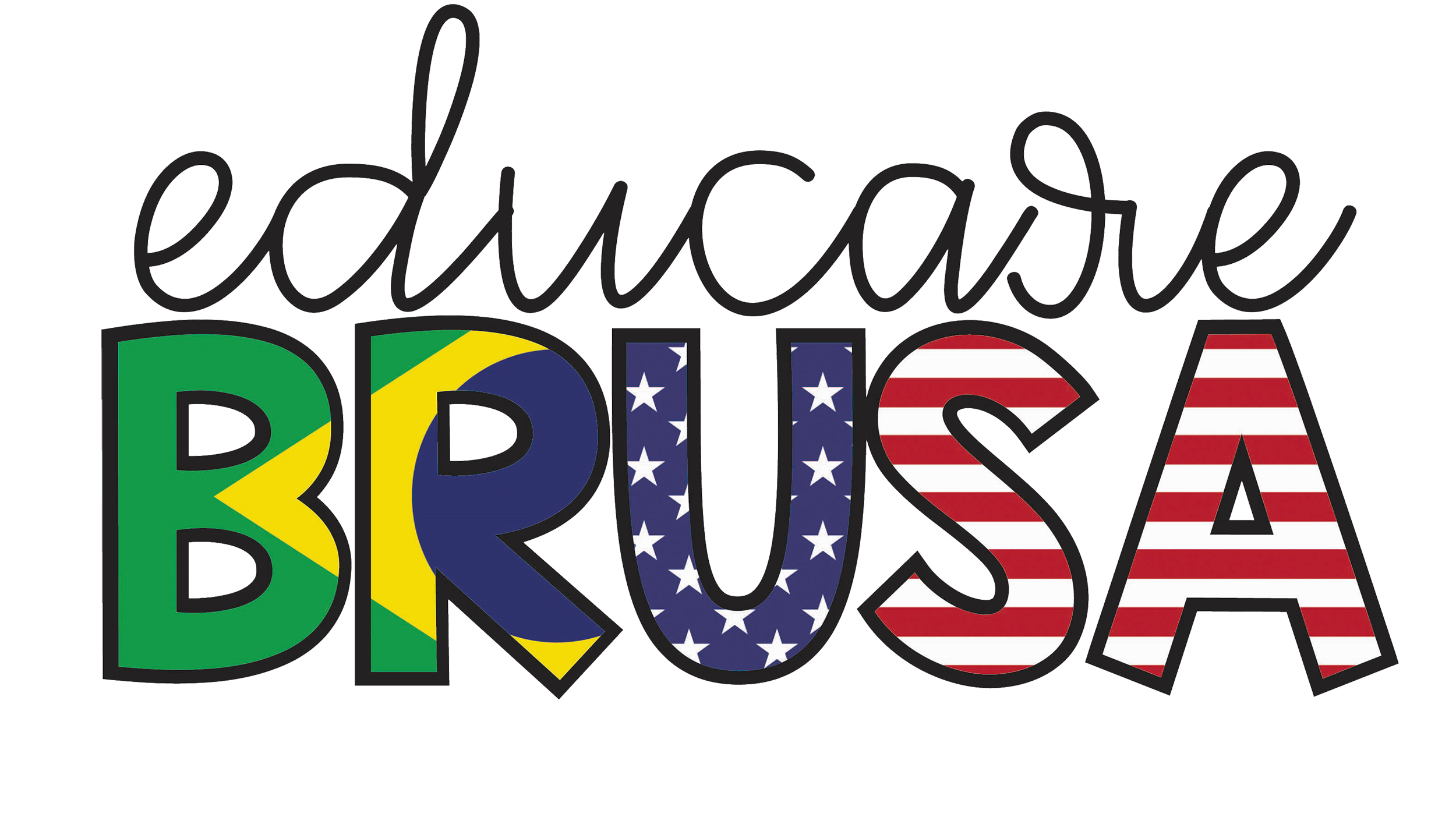Virtual Learning for Preschool Special Education
Virtual learning is a way to enhance the learning experience by using new technologies both inside and outside the educational organization. The instructions take place in the online environment where the learners and the teachers are separate in terms of time and place.
News, work information, technical data from all over the world are transmitted at the speed of rumors in a small town. The world is becoming a global village” these words of Marshall McLuhan perfectly characterize the modern education space. So, we cannot neglect the importance of new technologies for Preschool Special Education.
The current health crisis has provided virtual learning with a global platform. But all special education teachers are struggling hard to face the challenges. When we say “Special Education,” we talk about an umbrella of interests, ages, disabilities, and abilities with special individual needs. Providing sufficient support for each student with different requirements to learn is not an easy task.
Special education teachers need to develop unique lesson plans and strategies for every student, according to IEPs (individualized education program). They should focus on behavioral therapy and gross motor remediation through digital resources in home-based settings. In online learning modes, many educators offer a variety of activities, just like a regular school day.
Let’s discuss some advantages and disadvantages of virtual learning first:
ADVANTAGES AND DISADVANTAGES OF VIRTUAL LEARNING
As all forms of learning, virtual learning also has its advantages and disadvantages.

ADVANTAGES OF VIRTUAL LEARNING
The advantages of Virtual Learning include:
- Learning at an individual pace – the speed of learning is set by the student himself/herself, depending on their individual needs and circumstances.
- Accessibility – independence from the temporal and geographical location of the student and educational institutes allow not to limit students with special needs in educational needs.
- Manufacturability – the use of the latest achievements of information and new technologies in the educational process.
- Mobility – the effective implementation of feedback between the teacher and the student is one of the main requirements and foundations for the success of the learning process.
- Creativity – This system of learning offers comfortable conditions for the student’s creative self-expression.
- Social equality – virtual learning provides equal opportunities to receive an education regardless of the place of health status, residence, elitism, and material security of the student.
DISADVANTAGES OF VIRTUAL LEARNING
The following are the few disadvantages of virtual learning:
- Lack of face-to-face communication between students and the teacher –That is, all points related to an individual approach and upbringing are excluded. And when there is no person nearby who could emotionally color knowledge, this is a significant minus.
- The need for a number of individual psychological conditions – Virtual learning requires strict self-discipline, and its result directly depends on the independence and conscientiousness of the student.
- The need for constant access to information sources – You need right technical equipment, but not everyone who wants to study has a computer and Internet access.
- As a rule, students feel a lack of practical training – There is no constant control over students, which is a powerful incentive for a person.
- In Virtual Learning, the basis of education is only written. For some, not being able to express their knowledge also verbally can turn into a stumbling block.
Most of the parents are finding the best way to support their children, and the teachers are searching for the best ways to teach their students. The following are the steps that helpful for virtual learning for preschool special education.
THREE BASIC KEY STEPS FOR SUCCESSFUL VIRTUAL LEARNING
Successful virtual learning requires some useful steps to connect the students with special needs to learning outside of regular school.
KNOW YOUR STUDENTS WELL
Rule # 1 for good virtual learning is to know the special needs (both academic and personal) of each student. You must understand what are the needs of your students, and what will encourage them to address those needs? After knowing the answers to these questions, it isn’t easy to apply them in a virtual learning context. Try to know what is available at the apartment or house and adjust the learning patterns accordingly.
Besides this, you will need to address the emotional health of your students. The first success is to make sure that the students are still connected and not losing their interest.
MAXIMIZE COMMUNICATION WITH FAMILIES
Of course, communicating with families about the best modes to contact is compulsory. Try to discuss things at the start that will be easy for you and the family as well. You can discuss the tools for sharing the learning materials such as Class Dojo for simple visual communication, Remind for translated texts, email, phone, text, or school website.
Zoom, Teams, Skype, and Google Hangout are a great choice. The new learning system demands an ongoing communication between teachers and parents to ensure success. Special education teachers do not only focus on on-screen activities; they offer offline activities as well. So you can discuss offline activities with the parents by communicating with them.
MAXIMIZE COMMUNICATION WITH STUDENTS
Discussing things with parents or family is not enough; you can use video conferencing platforms for encouraging the students to communicate. The teacher designs and organizes the activities of children in the educational areas of the Federal State Educational Standard (cognitive, speech, artistic, aesthetic, physical, social, and communicative development).
I hope this article will help you to take a few useful steps in virtual learning for learners with special needs.
Please remember: parents, colleagues, Learners Edge, and community members are here to support you as you continue to provide quality services to the students.
